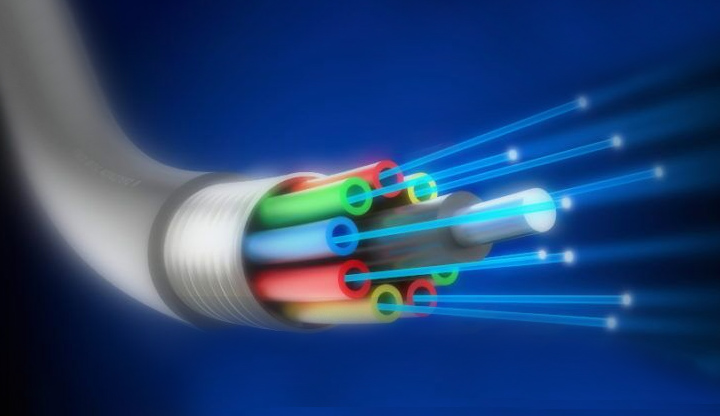
This translates to a much lower attenuation of around 0.1 dB.įusion splicing produces a reliable joint with low insertion loss and nearly zero back reflection when done correctly, and thus, is more widely used than mechanical splicing. In this technique, a machine or an electric arc is used to produce heat and fuse/weld glass ends that are precisely aligned together for continuous transmission of light. The other method to join two fiber optic cables together - and this time we’re talking a permanent connection - is fusion splicing. That’s because mechanical splicing can be easily disconnected if the need arises and you don’t require costly apparatus to perform the splice. Mechanical splicing is usually used when splices need to be made quickly and easily, for instance, to temporarily connect cables during installation. The gel must have a similar refractive index to enhance the light transmission across the joint, with minimal back reflection. In this process, the technician must use an alignment device along with an index matching gel. A mechanical splice is designed to hold two fiber cables in a way that allows light to pass through seamlessly, with a typical loss of around 0.3 dB or 10%.

This fiber optic splicing technique involves the precise alignment of two fiber optic cables, held in place by a self-contained assembly rather than a permanent bond. This would help determine which technique will work best for your company’s long-term goals and fit your performance and budget requirements. As of now, fiber optic splicing can be carried out using one of two methods: fusion splicing and mechanical splicing.īefore moving forward with a fiber optic installation, it is vital for integrators to have a fairly good understanding of both methods. With fiber-optic connections becoming increasingly mainstream, the ability to accurately perform fiber optic splicing is becoming more and more important. The Two Main Methods of Fiber Optic Splicing However, in reality, fiber optic cable splicing is inherently necessary and always used when designing, installing, and maintaining a reliable communications network. In an ideal world, a fiber optic installation would consist of long, continuous cable runs from one place to another.

Some companies do offer fiber optic splices that can be disconnected at will, however, they are typically not meant for frequent connection and disconnection. Moreover, splicing renders a permanent or relatively permanent connection between two fiber optic cables. Join us as we discuss the future of digital lighting and control with David Warfel from Light Can Help You and Patrick Laidlaw and Mark Moody from AiSPIRE. Effective communication, education and showcasing the value proposition of LED light fixtures in conjunction with integrative control systems are the keys to overcoming challenges and closing sales in this specialized market. As a custom integrator, lighting is in demand.


 0 kommentar(er)
0 kommentar(er)
